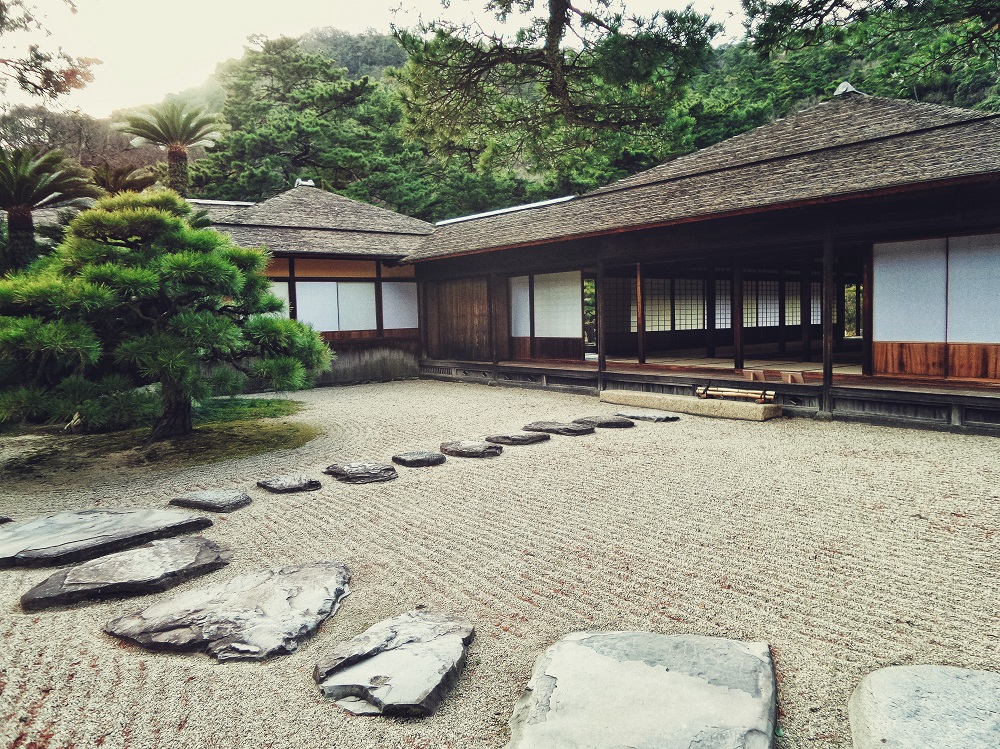So you’re renovating your bathroom. When it comes to other parts of our homes, we usually choose flooring based on its appearance. Whether it’s the living room, bedroom, dining room, or even the kitchen, we want the floors to look great. Other considerations, such as quality and performance, take a backseat. But when it comes to the bathroom, we have to take a different approach.
When choosing bathroom flooring, your primary consideration should be how well it holds up under pressure. And by pressure, we mean water. Due to the nature of this room, we should build it in a way that protects it from constant water exposure. Water gets everywhere when you shower or take a bath, so you need to choose a moisture-resistant floor type. There are other factors you should consider as well, which can complicate matters.
1. Hardwood
Hardwood is a popular flooring choice for living spaces such as bedrooms and dining rooms, but is it the ideal floor type for bathrooms? There’s no denying that hardwood is a versatile and stylish choice, but it’s not exactly the best choice for a bathroom.
Fluctuating humidity forces hardwood to expand and contract, weakening the structure. Its porous properties also mean that it absorbs water, which could result in swelling. If you really want a hardwood bathroom, you could use it for parts away from the shower or bathtub.
Instead of solid hardwood, you could also go for engineered hardwood. Since engineered hardwood made of plywood with a bamboo veneer, it’s more resistant to water and humidity. But if children use the bathroom, you might want to look at other materials.
2. Laminates
Another popular option is a laminate floor, but only if it’s installed properly. Laminate panels are composed of a top plastic layer, a resin middle layer that contains the design, and a fiberboard base layer. You have to ensure that the base layer is protected against exposure to water.
The good news is laminate floors are a cheaper and more durable alternative to hardwood floors. You can choose any design, even wood, at a fraction of the cost. Just make sure a warranty protects your laminate panels in case water does reach the base layer.
 3. Ceramic
3. Ceramic
By far, the most popular floor material for bathrooms is ceramic. Not only are ceramic tiles available in a wide range of shapes, colors, and styles, the material is also very durable. And you don’t have to worry about water damage since ceramic is impervious to water damage. In some cases, everyday wear and tear can even improve the look of ceramic tiles over time.
The only actual maintenance you have to do is grout stain removal. Grout is the material around the tiles that hold them together. Since grout can stain easily, you’ll have to clean it often. Ceramic tiles are more expensive than other floor types, but you save more money in the long run when you take into consideration repairs and replacements.
These are just some of the floor types you can choose for your bathroom. Not all floor types are created the same, so you have to pick carefully. Hardwood looks great but holds up poorly, while laminates offer more protection at a lower cost. The most sensible option is ceramic tiling, but the high initial price can deter some people.


